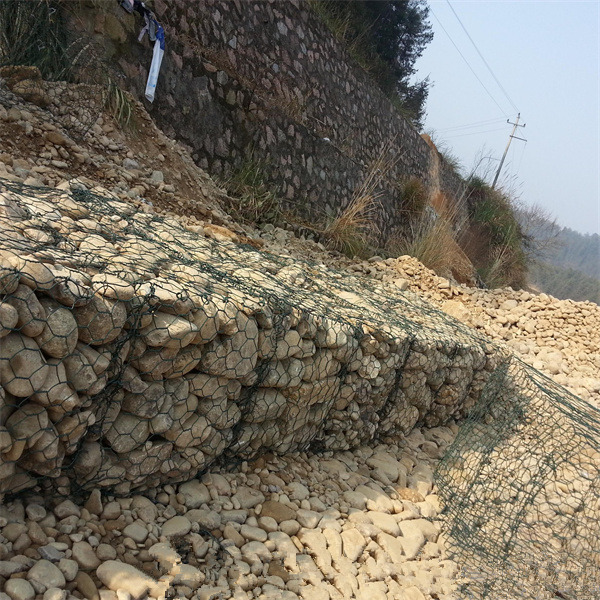nóv . 20, 2024 06:55 Back to list
gabion rust
Understanding Gabion Rust Causes, Effects, and Prevention
Gabions, often used in civil engineering and landscape architecture, are wire mesh baskets filled with stones or other materials. They are widely employed for erosion control, slope stabilization, and as decorative elements in gardens and parks. While gabions are designed for durability, they can unfortunately encounter issues with rust, particularly when constructed with metal components. Understanding the causes of gabion rust, its effects, and methods for prevention is essential for maintaining their longevity and functionality.
Causes of Gabion Rust
Rusting occurs when iron-based materials undergo corrosion due to exposure to moisture, oxygen, and, in some cases, salt. Gabions are often placed in environments that present these factors, including riverbanks, coastal areas, and saturated landscapes. Over time, if the protective coating of the wire mesh—typically a layer of zinc or a polymer—is compromised, the metal underneath becomes susceptible to rust.
Environmental conditions also play a significant role in the rate of corrosion. Humidity, temperature fluctuations, and the presence of chlorides from seawater or de-icing salts can accelerate the rusting process. In addition, mechanical damage to the wire meshes during installation can expose bare metal to corrosive elements, creating a risk for rust development.
Effects of Gabion Rust
Rust can have serious implications for gabion structures. The primary concern is structural integrity. As the metal corrodes, it weakens, which can lead to the failure of the gabion basket. This, in turn, compromises the stability of the entire structure, potentially leading to landslides or erosion in critical areas.
Aesthetic concerns also arise with rusted gabions, particularly when they are used in decorative applications. Rust creates unsightly stains and marks, affecting the visual appeal of the installation. This is particularly relevant for residential or public spaces where the appearance of structures plays a significant role in overall design.
gabion rust

Moreover, rust can also impact the materials inside the gabions. Depending on the type of stones or fill materials used, rust stains may leach into the surrounding soil or water, posing environmental concerns. This is especially pertinent in locations where the gabions are used in proximity to sensitive ecosystems.
Prevention of Gabion Rust
Preventing rust in gabions involves several proactive measures. First and foremost, selecting high-quality materials is crucial. Galvanized wire mesh, which is coated with zinc, provides a robust defense against corrosion. Additionally, the use of polymer-coated wire can offer enhanced protection in highly corrosive environments.
Another effective strategy is routine maintenance. Regular inspections can help identify signs of rust before they become significant issues. If rust is detected, prompt corrective actions, such as repainting with anti-rust coatings or replacing damaged sections of the wire, can extend the life of the gabion.
Proper installation techniques also contribute to rust prevention. Ensuring that gabions are securely anchored and that the wire mesh is not overly stretched can reduce the risk of damage. Furthermore, establishing a drainage plan to minimize water retention in and around the gabion can mitigate moisture-related corrosion.
Conclusion
Gabion rust is a significant issue that can affect the performance and appearance of these structures. By understanding its causes, effects, and preventive measures, engineers and landscape designers can implement strategies to enhance the durability and effectiveness of gabions. As technology progresses, new materials and protective coatings continue to be developed, promising a future where gabions can withstand the elements more effectively, preserving both their functionality and aesthetic appeal for years to come.
-
Visualizing Gabion 3D Integration in Urban Landscapes with Rendering
NewsJul.23,2025
-
The Design and Sustainability of Gabion Wire Mesh Panels
NewsJul.23,2025
-
The Acoustic Performance of Gabion Sound Barriers in Urban Environments
NewsJul.23,2025
-
Mastering the Installation of Galvanized Gabion Structures
NewsJul.23,2025
-
Gabion Boxes: Pioneering Sustainable Infrastructure Across the Globe
NewsJul.23,2025
-
Custom PVC Coated Gabion Boxes for Aesthetic Excellence
NewsJul.23,2025
-
Installation Tips for Gabion Wire Baskets in Erosion Control Projects
NewsJul.21,2025






